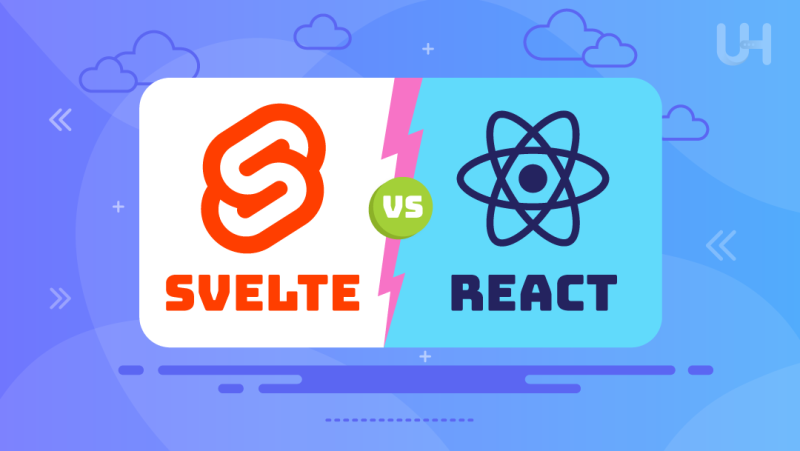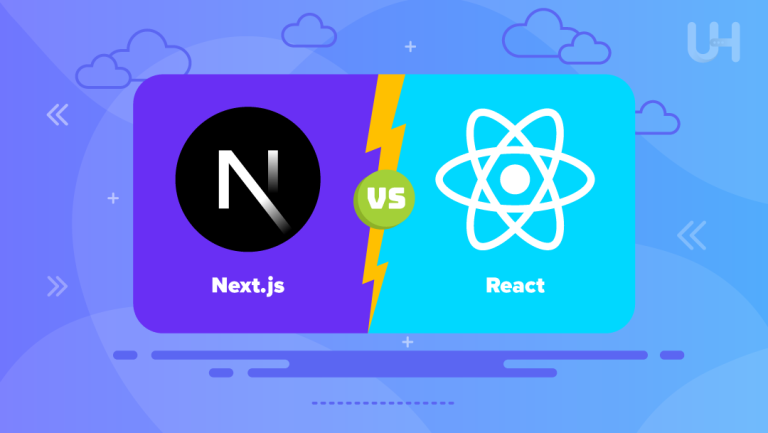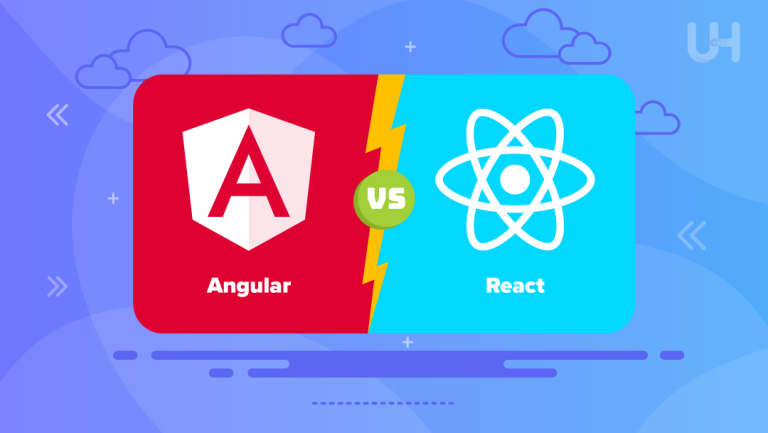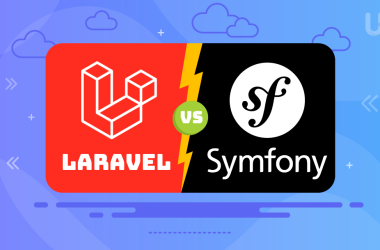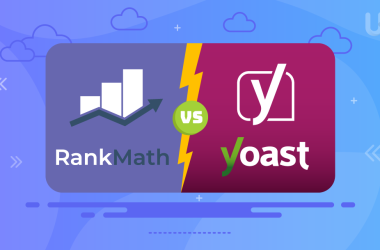Given the many popular alternatives, choosing the right framework for your next web development project is a tough decision today. Svelte vs React: These are distinctively the two most spoken-about frameworks. They have some unique advantages and design philosophies that really rope in different types of developers and different kinds of projects. Having been around a while, React has dominated the market, while Svelte is just coming out of the gate to gain significant attention with its lightweight and compiler-based approach.
In this article, we will compare Svelte vs React and their core features, advantages, strengths, and weaknesses to help you choose which is better suited for your next project.
What is Svelte?
Svelte is a relatively new JavaScript framework by Rich Harris that takes a very different approach to creating user interfaces. Unlike typical frameworks such as React or Vue, Svelte does most of its job in compile time, which also means there is no virtual DOM in the framework. On the other hand, this allows Svelte to generate extremely optimized and performant JavaScript at runtime with absolutely no overhead.
In Svelte, the developer creates components by using the very familiar HTML, CSS, and JavaScript. These are then compiled into efficient vanilla JavaScript with little to no need for a framework during runtime. The result is smaller bundle sizes, offering faster load times and better performance on low-powered devices. With reliable dedicated hosting, Svelte can make your applications run smoothly, even under heavy traffic.
Key Features
- Compiler-based architecture: Svelte compiles your code to highly optimized JavaScript during build time.
- No virtual DOM: Svelte updates the DOM directly, improving performance.
- Reactivity at its core: Svelte’s reactivity is built into the language, enabling more efficient data management.
- Lightweight output: Svelte-generated applications load faster with smaller bundle sizes and consume fewer resources.
- Simple syntax: Familiar, easy-to-learn syntax for those experienced with HTML, CSS, and JavaScript.
Pros
- Minimal runtime overhead, leading to faster applications.
- Clean and readable syntax, making development intuitive.
- Smaller bundle sizes, reducing load times.
- Reactive state management is built directly into the framework.
- Ideal for smaller, single-page applications due to its lightweight nature.
Cons
- Smaller community and ecosystem compared to React.
- Limited third-party libraries and tooling.
- Fewer resources, tutorials, and guides for beginners.
- Lacks the widespread adoption seen in larger frameworks like React or Vue.
What is React?
React is a popular JavaScript library supported by Facebook for building user interfaces. It changed the way developers used to build web applications. For example, it introduced the concept of a virtual DOM, which changed the globally accepted pattern of how elements are updated on the screen. This component-based library breaks down complex interfaces into small, reusable pieces.
React applications are written in JSX, a syntax that combines JavaScript and HTML-like code. Though it looks somewhat baffling when one starts working with it, it allows the developer to easily and effectively combine logic and markup. With a big, committed community of developers working on it, React is supported by a great ecosystem and a long list of third-party libraries that suit both small and large-scale applications.
Key Features
- Virtual DOM: React uses a virtual DOM to minimize direct manipulation of the browser’s DOM, improving performance.
- Component-based architecture: It enables developers to create reusable component sets that make the code modular and, hence, more manageable.
- JSX syntax: HTML mixed with JavaScript enables developers to write the dynamic interactive UI more easily.
- Unidirectional data flow: React follows a one-way data flow pattern, making tracking how data changes affect the UI easier.
- Rich ecosystem: React integrates easily with other technologies with vast libraries and tools.
Pros
- Large, active community and extensive documentation.
- Excellent performance with virtual DOM.
- A rich ecosystem of third-party tools and libraries.
- Flexibility to be used in various projects, from single-page apps to complex enterprise solutions.
- Excellent developer tools for debugging and optimization.
Cons
- Requires a learning curve to understand JSX and the virtual DOM.
- High complexity for state management in large apps (although tools like Redux can help).
- Larger bundle size compared to Svelte.
- Boilerplate code can make development slower for smaller projects.
Maximize Your Project’s Potential with Affordable VPS!
Ready to take your Svelte or React project to the next level? Reliable hosting is essential for optimal performance and seamless scalability. UltaHost offers cheap VPS hosting that ensures your applications run smoothly with enhanced speed, security, and dedicated resources.
Svelte vs React: Similarities
While Svelte and React are fundamentally different in terms of architecture, they also boast a great number of core features that make either of these frameworks very good choices for developing modern web applications. Each tries to make the development process easier while creating interactive user interfaces while not sacrificing performance or modularity.
Component-Based Architecture
Both React and Svelte follow a component-based architecture. This allows developers to break down the entire application into smaller fragments, enabling them to reuse code. This modularity contributes to better organization and simplifies the management and maintenance of the codebase because each component can encapsulate its own logic, styles, and functionality for a more structured development process.
This approach is not only beneficial for web development but is also applicable in mobile development, making it easier to deploy Svelte or React apps on platforms like Android VPS Hosting for optimal performance and scalability.
Declarative UI
React and Svelte both favor a declarative approach to defining user interfaces. Given the application’s current state, the developer describes what the UI should look like rather than explicitly stating the step-by-step process to get there. That means code can be a lot simpler and cleaner because the developer needs only point to “what” it is, not “how” it is.
Both automatically manage changes of state declaratively, in that changes to the DOM automatically get updated as an application’s state changes; this would further result in predictable behavior and reduce the chances of bugs associated with direct DOM manipulation.
Data Binding
Svelte and React support data binding, but it means something a bit different in each: Svelte embeds the reactivity in the syntax, so updating the UI as a response to state changes becomes straightforward. In contrast, React features a one-way data flow; data moves from top to bottom, flowing down from parent to child components.
While Svelte is able to handle two-way data binding out of the box, React requires state management solutions such as hooks or Redux to have this ability. The ability to bind data into the UI makes them similar; it simplifies development because any changes in the data are reflected directly in the interface, improving the user experience.
Event Handling
Svelte and React implement straightforward mechanisms for handling events, thus giving the developer an easy way to make interactive applications. In Svelte, event handling is intuitive and directly integrated into the markup, making managing user interactions like clicks, form submissions, and keyboard events very straightforward.
React’s SyntheticEvent is a cross-browser wrapper around the browser’s native event. The top-level Application Programming Interface will be consistent across different browsers. While the underlying implementation differs, both of these frameworks allow developers to write clean and manageable event-handling code. All applications become responsively dynamic, having users interact with the UI much more naturally or efficiently.
Svelte vs React: Head-to-head Comparison
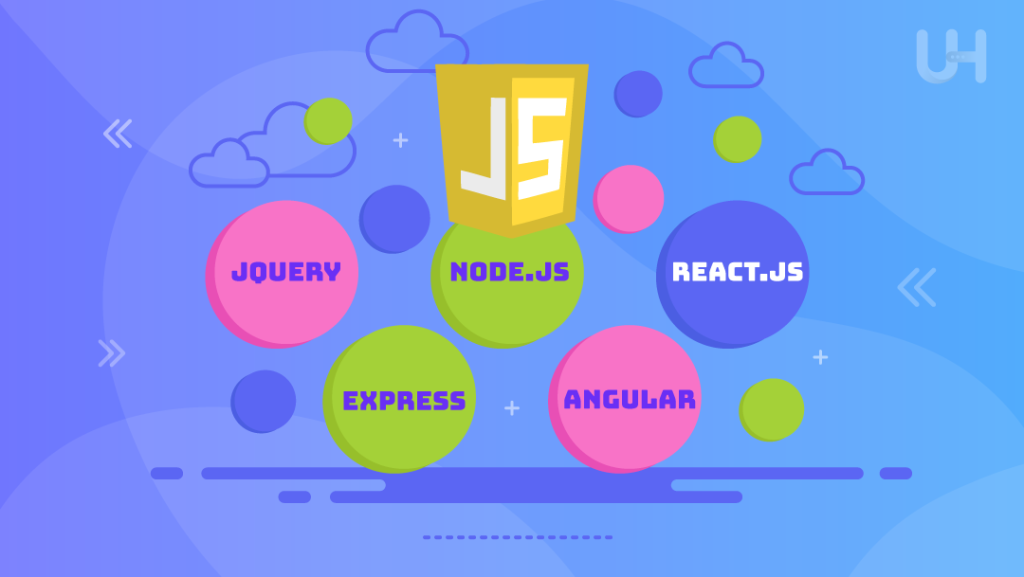
Despite their similarities, Svelte and React have distinct architectural and performance differences. Below is a table that outlines the main contrasts between the two frameworks:
| Feature | Svelte | React |
| Virtual DOM | No | Yes |
| Bundle Size | Smaller bundles, optimized JavaScript | Larger bundle size, more dependencies |
| Learning Curve | Easy to learn | Steeper due to JSX and virtual DOM |
| Ecosystem | Smaller ecosystem, fewer libraries | Huge ecosystem, rich with libraries |
| Community Support | Smaller, growing community | Large, well-established community |
| State Management | Built-in reactivity | Requires third-party tools (e.g., Redux) |
| Performance | Better for small apps, lightweight | Performs well with optimizations |
React vs Svelte: When to Choose What?
This generally boils down to your project needs. Here is a breakdown of choosing between React and Svelte.
Consider Svelte For
- Smaller, single-page applications that need fast load times.
- Projects where bundle size and performance are critical.
- Developers who prefer simplicity and minimal boilerplate code.
- Rapid prototyping, where faster development is a priority.
- Teams or projects that are fine with a smaller ecosystem and less reliance on third-party libraries.
Consider React For
- Large-scale applications that need scalability and robust state management.
- Projects that will benefit from React’s extensive ecosystem of libraries and tools.
- Applications with complex user interactions that require optimization.
- Teams that need a stable, well-documented framework with a large talent pool.
- Projects where third-party integrations and existing tools are essential for success.
Conclusion
About Svelte vs React: each does different things well, depending on your project’s needs. Svelte is ideal for small, low-level applications where performance and simplicity are the most important. On the other hand, React is strong, versatile, and has an enormous ecosystem to back it up for large, complex applications. Ultimately, the decision to use Svelte or React should all come down to your project needs, the proficiency of your team, and performance and scalability benefits.
Reliable hosting is key to a smooth development process, whether you choose Svelte or React. With UltaHost’s SSH VPS, you get secure, high-performance access to your server, ensuring optimal application deployment and management.
FAQ
What is the primary difference between Svelte and React?
Svelte compiles components into highly optimized JavaScript at build time, while React uses a virtual DOM to manage updates during runtime.
Which framework is easier to learn for beginners?
Svelte has a simpler syntax and requires less boilerplate code, making it easier for beginners than React’s JSX and virtual DOM concepts.
Can Svelte handle large-scale applications?
While Svelte is ideal for smaller projects, it can also be used for large applications. Due to its extensive ecosystem, React is more commonly preferred in such cases.
What type of projects is Svelte best suited for?
Svelte is best for small—to medium-sized applications prioritizing performance, quick loading times, and rapid prototyping.
Does React have a larger community and more resources?
Yes, React boasts a larger community and a wealth of resources, libraries, and tools, making it easier for developers to find support and documentation.
Is Svelte suitable for SEO optimization?
Yes, Svelte can be optimized for SEO since it generates static HTML at build time, allowing search engines to crawl the content effectively.
When should I choose React over Svelte?
Choose React for projects that require extensive third-party integrations, robust state management, a rich ecosystem, and community support.





